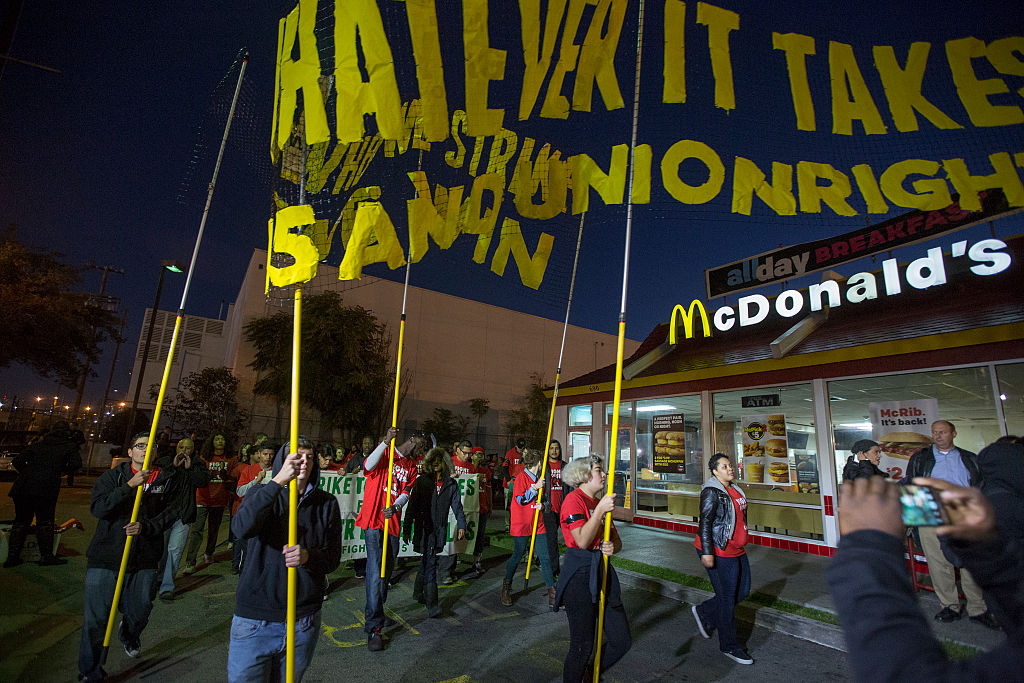New data indicates that after McDonald’s, Burger King, and In-N-Out Burger raised prices to offset the state’s new $20 minimum wage for workers at limited-service restaurants, foot traffic to those establishments in California appeared to decrease.
According to data from Placer.ai, which tracks foot traffic analytics, year-over-year trends in visits to fast food chains in the Golden State have lagged behind national trends since April.
Inflated Menu Prices

The fall in foot traffic reported by the study suggests that diners may be turned off by higher menu prices.
In a report, Placer.ai’s head of analytical research, R.J. Hottovy, stated, “It’s clear that the menu price increase is having an impact.”
Downward Trend

The data shows that the number of Californians visiting fast-food restaurants in February and March was slightly higher than the national average when compared to the previous year.
“However, this abruptly shifted when the minimum wage increase went into effect,” Hottovy wrote in the report.
Impact of Wage Hike

Hottovy took note that traffic to fast-food chains in California had been slower than the typical trends in seven of the eight weeks in April and May.
California raised its lowest pay permitted by law for laborers at restricted assistance cafés to $20 an hour on April 1.
Resistance to Change

The fast-food industry has fiercely opposed the legislation, which applies to chains with at least 60 locations nationwide.
To balance their higher work costs, restaurants have raised prices, turned to automation and mechanization like order kiosks, and looked at reducing their opening times.
Comparison to the National Average
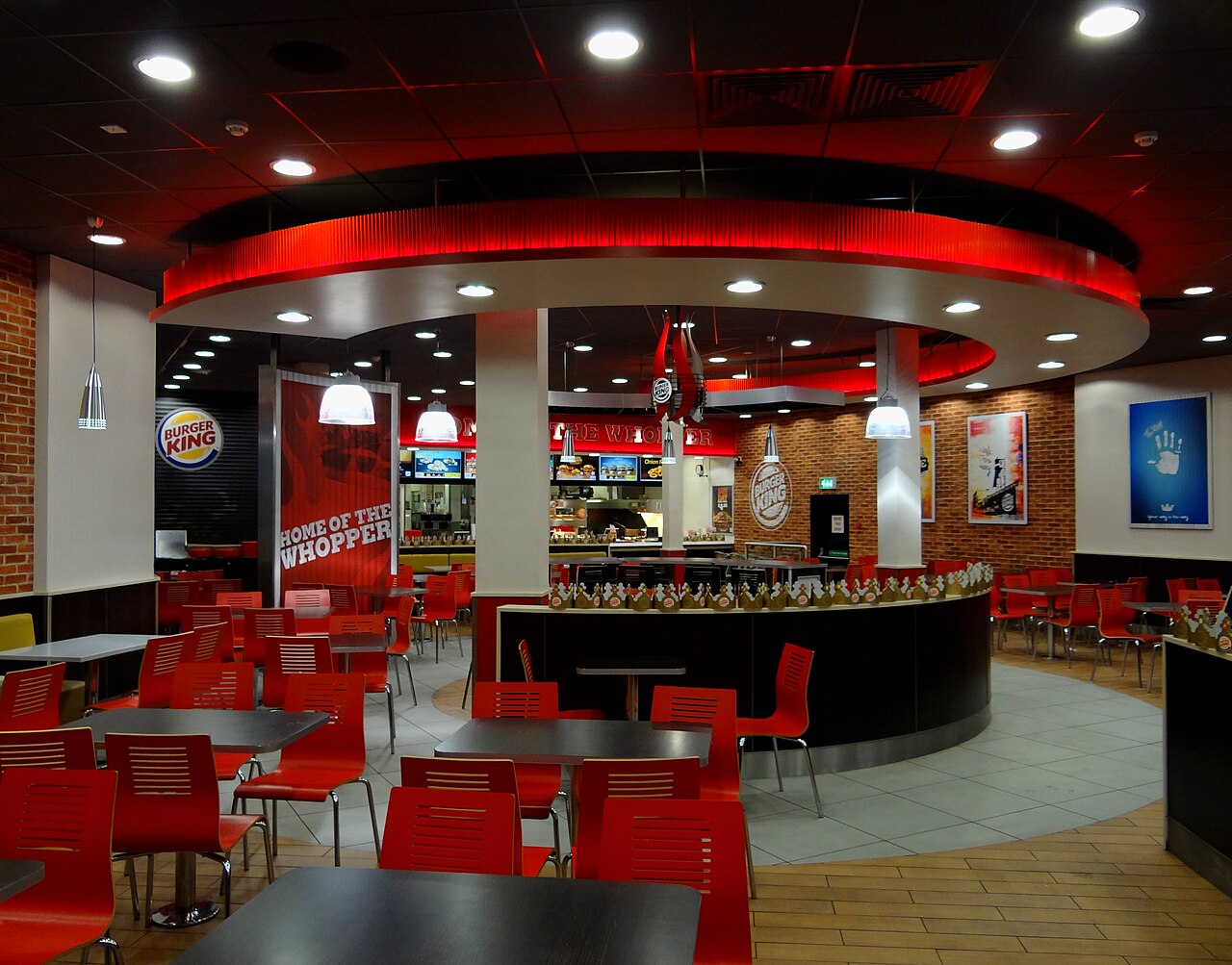
According to Placer.ai’s data, McDonald’s, Burger King, and Wendy’s restaurant visits in California in April and May were significantly lower than the national averages for these chains.
According to the data, both In-N-Out and Jack in the Box saw lower foot traffic in California than their national averages.
California Increases
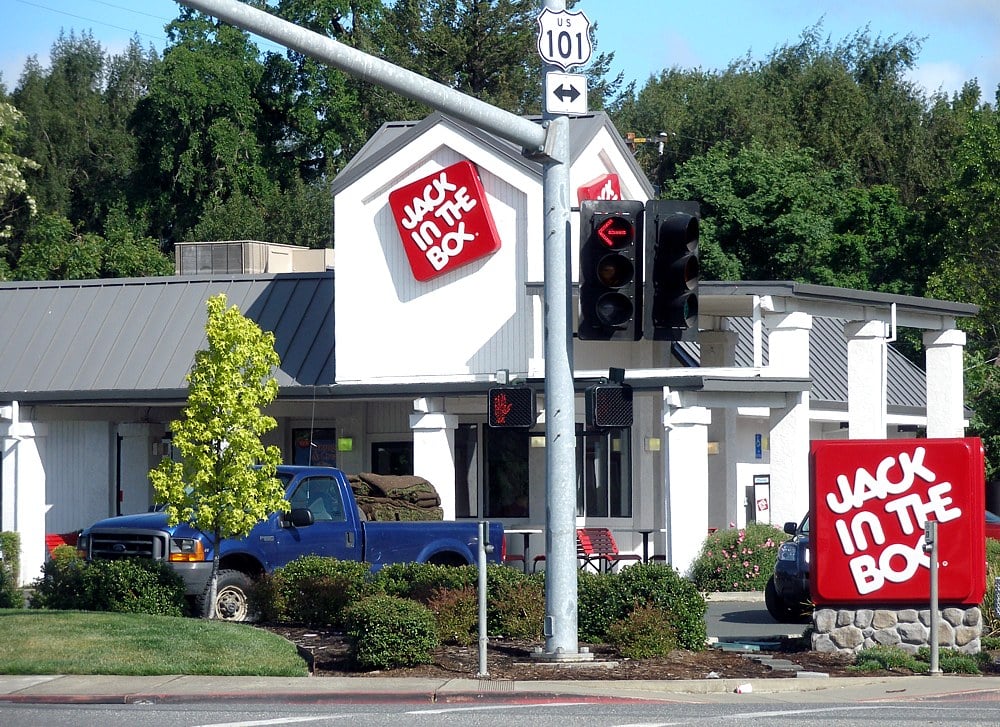
According to a Jack in the Box spokesperson who previously spoke with Business Insider, the company had increased menu prices by anywhere from 6% to 8% at its California-based company-owned locations in response to the increase in the minimum wage.
In-N-Out let KTVU know that it had raised costs “gradually” on April 1. However, the data should be treated with caution.
Data Limitations

In the end, the data only measures footfall, not delivery orders or in-person order sizes. In addition, diners may be discouraged by factors other than price increases on the menu.
Yet, Placer.ai’s data demonstrates that the legislation seems, by all accounts, to be somewhat affecting the number of patrons visiting fast-food spots in the state.
Internal Hesitance
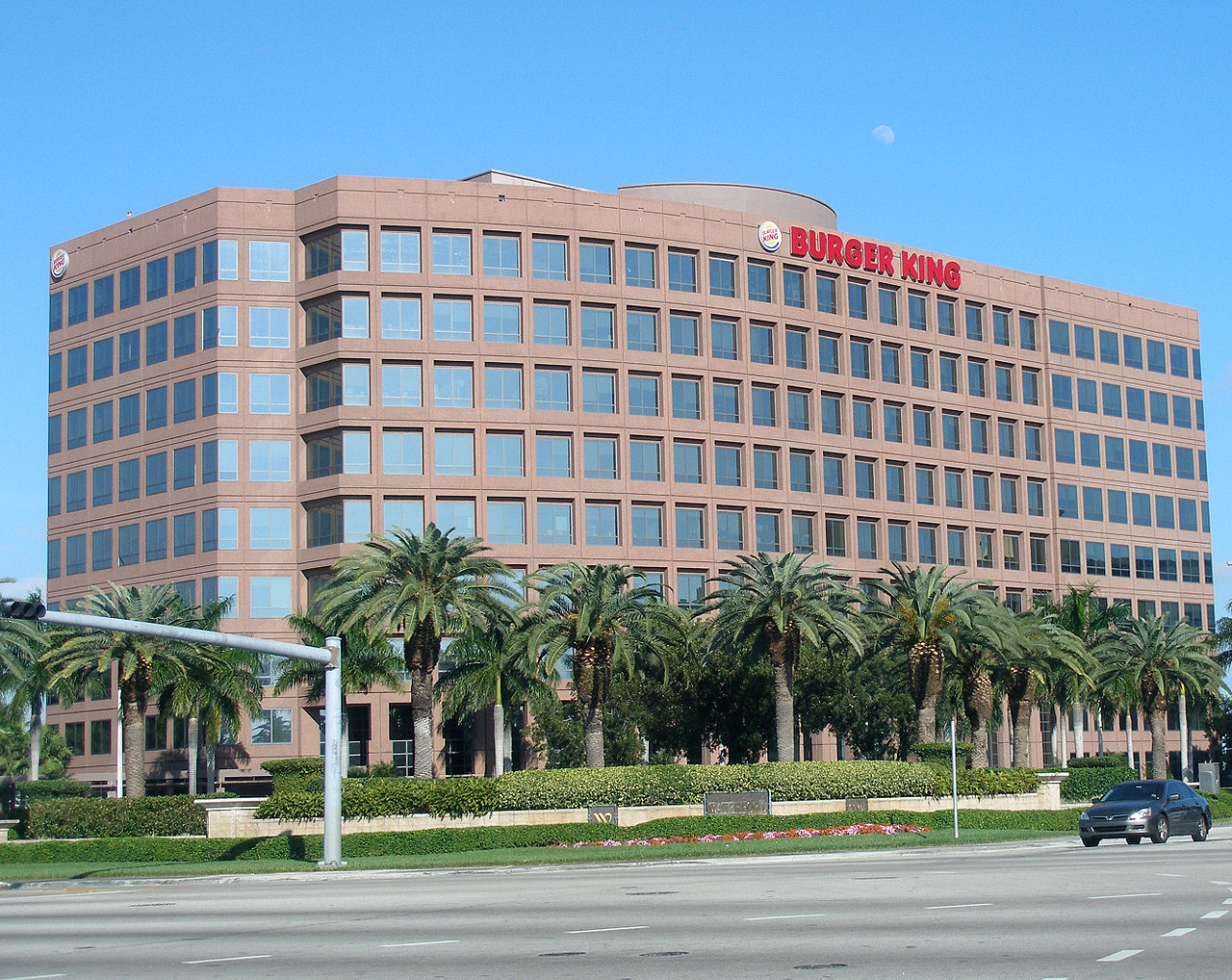
The limitations of this data are particularly noteworthy when restaurant chains are cagey about sharing their own information showing the impacts of their cost increases.
The legislation was put forward to help workers adapt to the state’s rising living expenses, however, some fast-food franchisees have addressed why the pay rise just applies to their industry.
Silver Linings
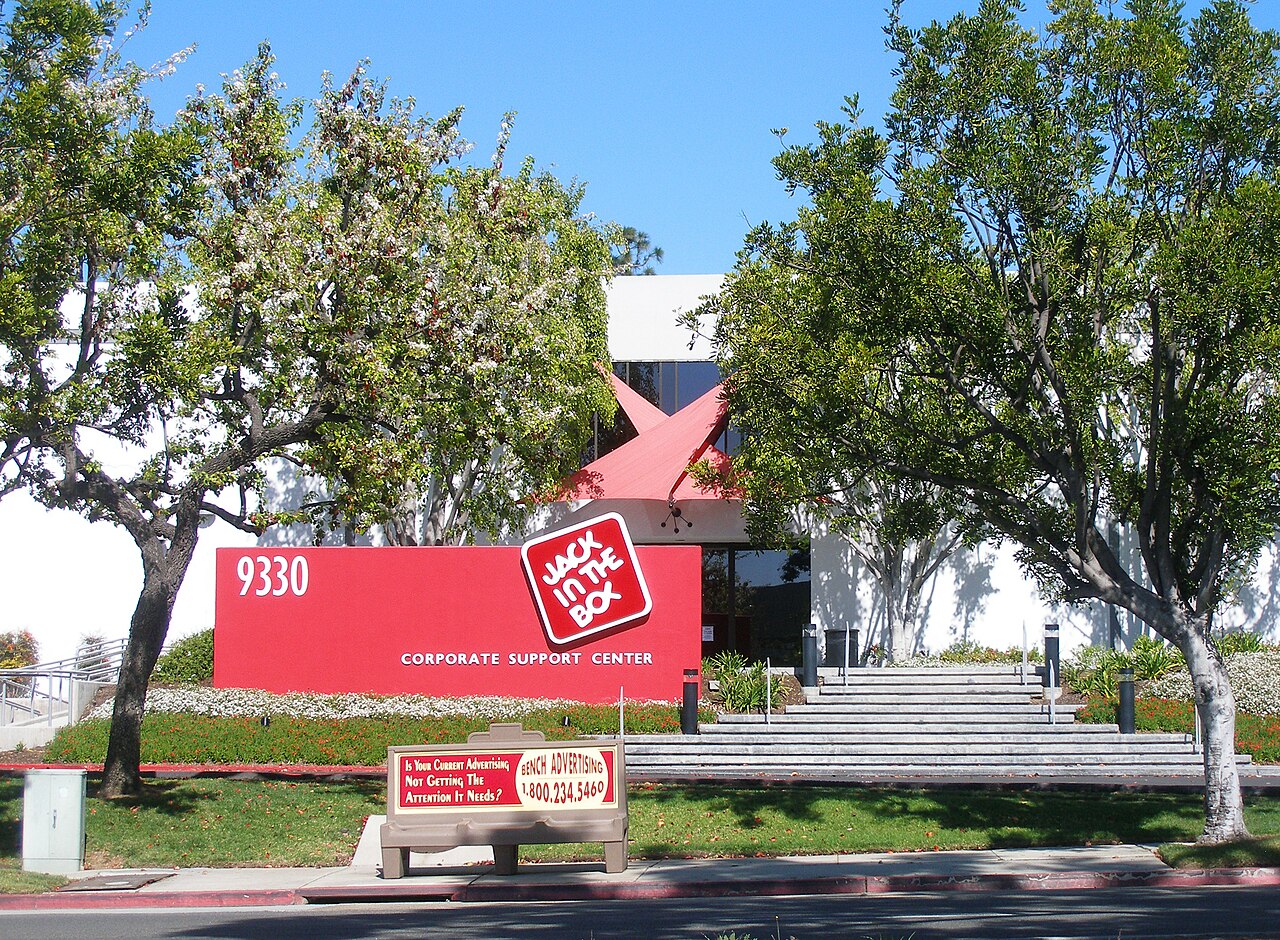
However, some executives in the fast food industry believe that this could increase the number of qualified applicants and the number of desirable positions available.
Californian inhabitants are split: The new minimum wage is supported by some, who acknowledge that working in fast food is hard, while others argue that it will raise prices too much.
Potential Continued Rise

The increase to $20 to the minimum wage may not be the only rise that fast-food businesses will need to account for.
A fast-food council may have the ability to increase the minimum wage for employees in the industry by up to 3.5% a year dependent on inflation.
Massive Industry
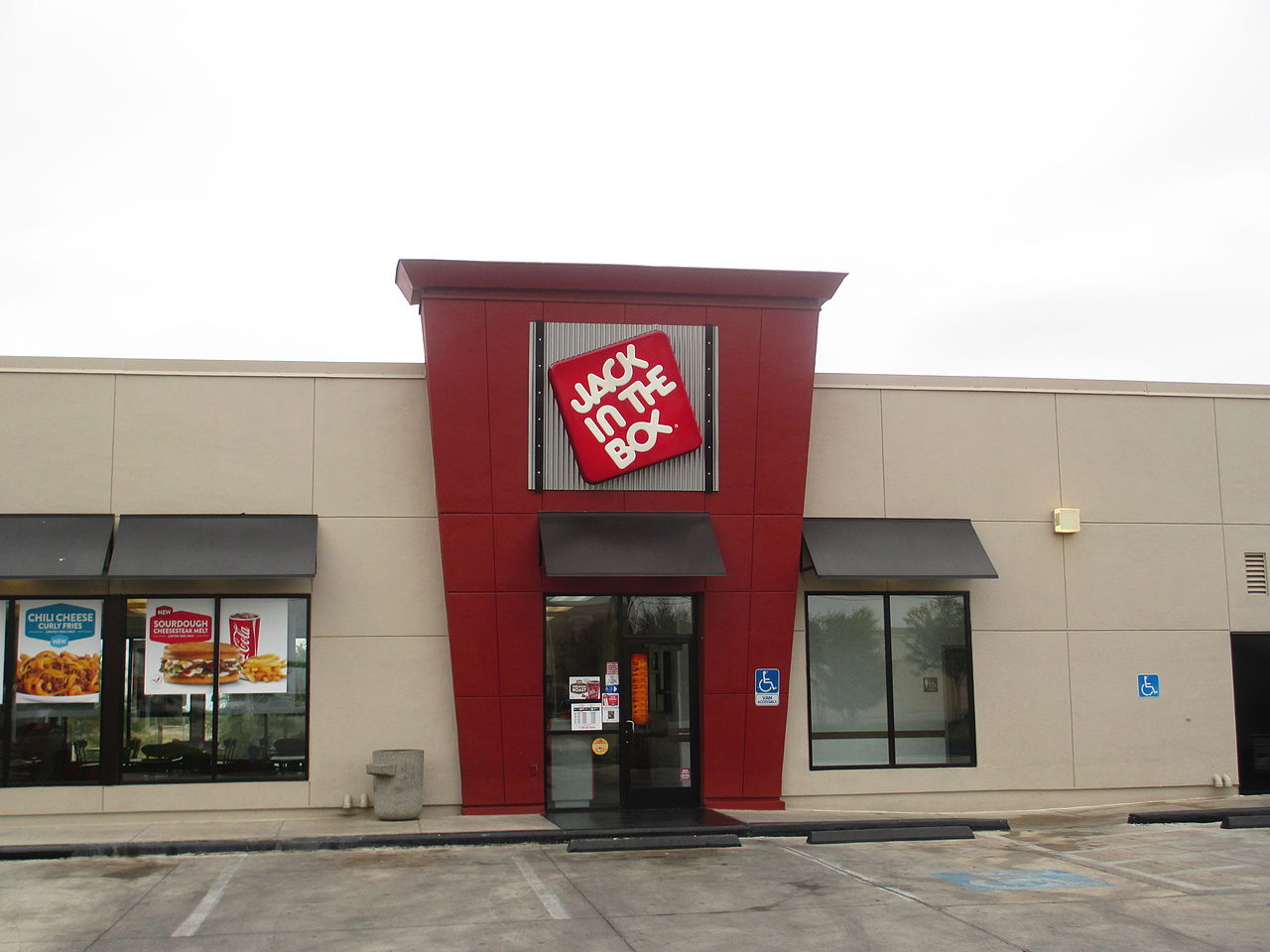
California has a massive hospitality sector with 1.5 million people being reported to be working in the industry according to the US Bureau of Labor Statistics.
This makes up 8.5% of all jobs in the state according to the data from the 2022 study.
With continuing controversy over the rise in the minimum wage for fast-food workers, it remains to be seen if this data will impact future legislation.
